We usually take mathematics for granted. But did you ever ponder that how would you function, nay survive in the world if these numbers are not there? Today Wonderful Engineering will shed light on 8 of the most important and fundamental digits upon which the foundation of mathematics rests.
Zero
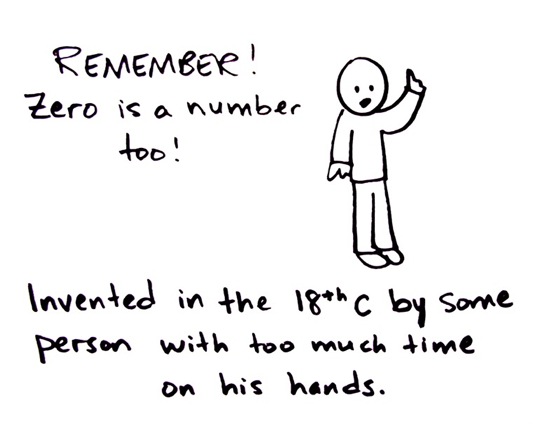
Where there’s some matter, there must be antimatter. Although this number wasn’t devised as early as the other ones, but zero is still integral as it represents the absence of things. It is an essential element of our number system, and ironically also need it to increase the value of a number by placing it on the extreme right.
Other than this, its role in the ‘additive identity’ is quite integral as well, which means adding a number to zero will always yield that number back. E.g. 5 + 0 = 5.
The identity is a central aspect of arithmetic and algebra. The number itself sits in the middle of the number line, separating the positive numbers from the negative numbers, and is the building block our number system.
One

Just like zero’s additive identity, one’s multiplicative identity is very important as well. Multiply any number by one, and you will get that number back. E.g. 3 x 1 =3.
The number marks the start of the positive side of the number line. We can use the number to get all the natural numbers: 0, 1, 2, 3, 4, 5… by keep adding one to itself. E.g. 2 is 1 + 1, 3 is 1 + 2, 4 is 1 + 3, till infinity.
The natural numbers are the most basic numbers, as they are used to count things. Multiplying two natural numbers yield another natural number.
Subtracting and dividing two natural numbers can also be done, sometimes. E.g 10 – 6 = 4, and 12 ÷ 4 = 3. So by just using zero and one, you can perform a good amount of mathematics already.
Negative One
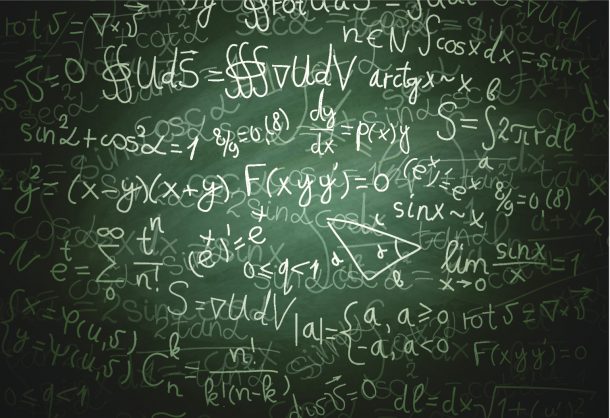
Noticed we said that subtracting two naturals and getting another natural is only possible “sometimes”? Without negative one, it would be impossible to decipher and represent an arithmetic representation of say a statement like 4 – 9 .
There is no such thing as a logistic limitation in mathematics, and whenever we feel we need something more we can expand the system. So to allow for subtraction, we can introduce -1 to our growing number line, and solve 4 – 9 = – 5 .
Just like 1, -1 can be used to make any number negative, since multiplying a positive number by -1 gives the negative version of that number. E.g. -4 is just -1 x 4.
So the amalgamation of the positive numbers, zero, and the negative numbers yield integers. Integers are the anchor points for the number line, and we can always subtract two integers from each other and get another integer.
There are many things in life which need negative numbers to be represented, such as the economic deficit, below zero temperature etc.
One-tenth
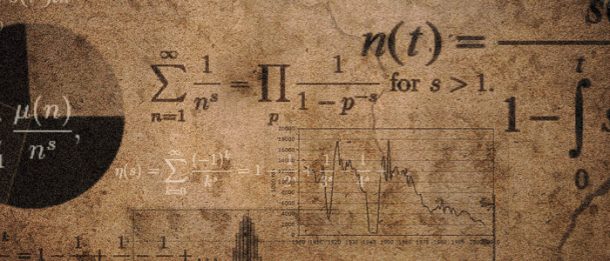
One problem remains, we can always add, subtract, or multiply two integers to yield another one, but we still can’t divide some integers to do the same. E.g. 8 ÷ 5 makes no sense if we limit our number line to the numbers introduced above.
So to cater for this, we add 1/10, or 0.1, to our armoury. With the number 0.1, and its powers of 0.1 – 0.01, 0.001, 0.0001…. we can represent arithmetic operations that yield fractions and decimals. So now 8 ÷ 5= 1.6.
One quirk in this is that no integer can be divided by zero. Other than that, dividing any two integers will result in a decimal number that either terminates, like 1.6, or is recurring, like 1 ÷ 3 = 0.3333…, with the 3’s going out to infinity.
These decimals are called the rational numbers and are arithmetically closed, which means adding, subtracting, multiplying, or dividing any two rational numbers will get back another rational number.
The rational numbers make the number line from discrete to continuous and allows us to represent quantities between integers. Dividing $1000 among 3 friends will now yield $333.333…. for each.
The Square Root of 2
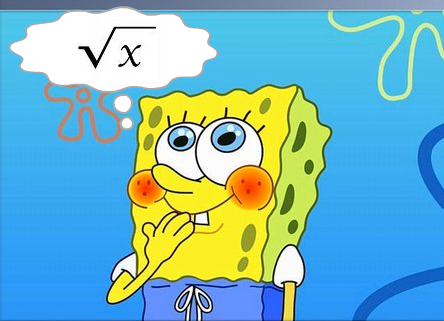
The square of a number is simply a number multiplied by itself, e.g. = 3 x 3 = 9. A square root is taking a power of 1/2 of a number, and except for a few numbers these square roots get messy.
The square root of 2 is no exception and yields a never-ending answer starting with the digits 1.41421356237….
Square roots of most rational numbers are irrational. Other numbers like 9, 16, 25 etc. yield perfect squares. But these numbers are equally important as they provide solutions of many equations. For example, the square root of x^2 = x.
The rational and irrational numbers together complete our number line, and together they are called the real numbers, commonly used in all manner of calculations.
Pi
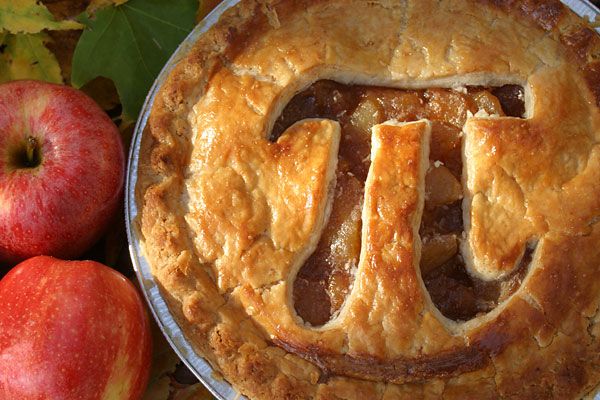
Pi, in terms of geometry can be defined as the ratio of the circumference of any circle to the circle’s diameter, and is at the heart of this area of mathematics. Pick up any formula involving circles, cylinders, spheres, etc. and you will find a Pi there somewhere. E.g. the area of a circle with radius r is Pi*r^2 etc.
Other than geometry, Pi is also key in trigonometry. The two basic functions, sine and cosine, have 2Pi as their period, meaning the functions repeat themselves every 2Pi units.
These functions are key to understanding and thus manipulating any periodic or repeating process, like sound waves, periodic motions, etc.
Pi is also an irrational number, meaning in the decimal expansion it will never terminate, neither repeat. The first few digits of Pi are: 3.14159…
Up till now, the first 10 trillion or so digits of Pi have been found using computers, though we rarely need beyond those first few digits to get sufficiently precise results.
Euler’s Number (e)
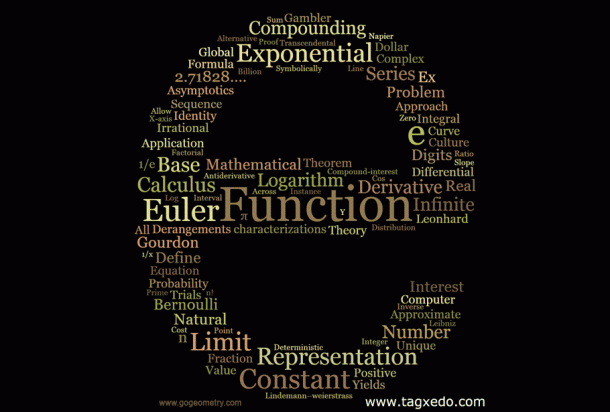
There are many key processes that use exponential functions, like radioactive decay, compound interest, etc. and Euler’s number, e, is key to defining and working with them.
e too is an irrational number, with infinite and never-repeating pattern. Its first digits are approximately 2.71828….
e^x is the natural exponential function, which forms the baseline for any other exponential function.
It is quite a complicated number, with the derivative of e^x being also e^x.
In simple terms, for any value of x in the function e^x, the rate growth for the function is the value of the function. For x = 2, the function ex is growing at a rate of e2. This is quite a unique property, making this very easy to work with mathematically.
The Square Root of -1: i
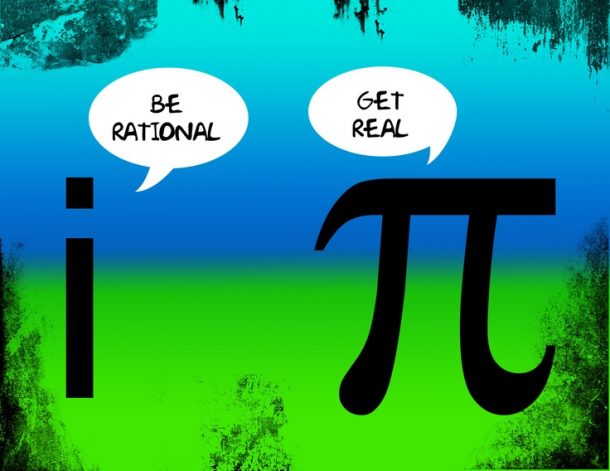
Here’s another example of the dynamic nature of mathematics, we have introduced another number called iota or i. As stated earlier, the square root of any positive number is possible, but what about the negative ones?
You can’t get around this problem by multiplying two negative numbers, as together they give you a positive number.
So to take the square root of a negative number, we simply i, as the imaginary unit, which is known as complex numbers.
The complex numbers have many unusual uses and properties. We can represent the complex numbers on a plane using a horizontal axis representing the real part of the number, and the vertical axis as an imaginary component.
In terms of applications, many polynomial equations have at least one complex solution, and in that view, mathematicians call it the fundamental theorem of algebra.
This definition of the complex plane results in a number of applications in the physics of electricity and electrical engineering.
Have any other cool facts to share about mathematics?
Fire away in the comment box below!


